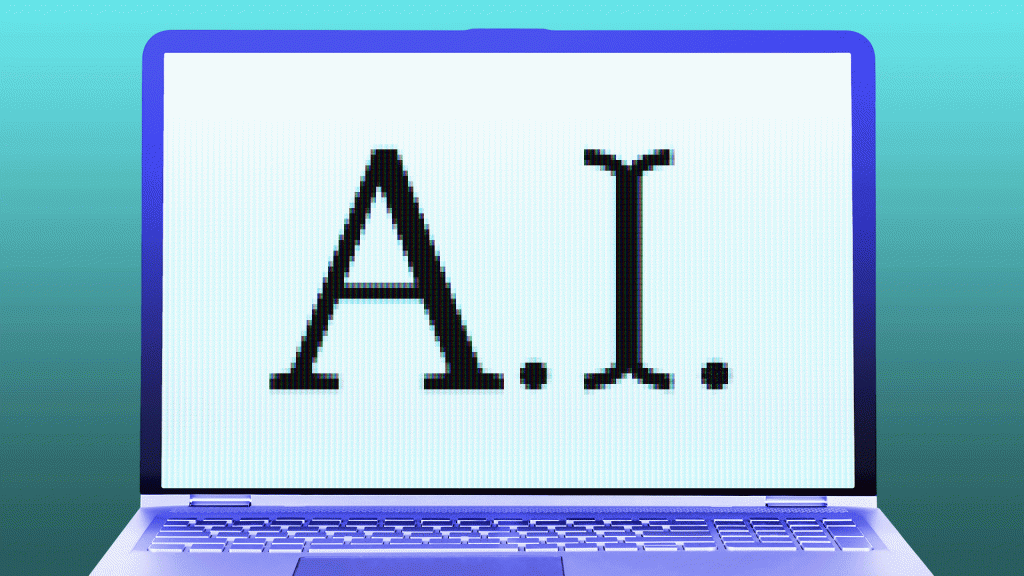Two new AIs that can write and code out this week show the power of artificial intelligence to read text, write it — and even convert it into computer code.
Why it matters
Natural language processing (NLP) is one of the most exciting areas in AI research, with major implications for how we’ll communicate and work in the years ahead.
- But it also opens the door to a future in which you’ll be able to “talk to your computer and get it to do what you’re asking in a capable, reliable way,” notes Greg Brockman, a co-founder and chief technology officer of OpenAI.
Driving the news
On Wednesday morning, the Israeli startup AI21 Labs is releasing a line of language-generating AI models called Jurassic.
- With 178 billion parameters — the values that a neural network tries to optimize during training — Jurassic-1 Jumbo is the largest such model in the world, slightly bigger than OpenAI’s GPT-3, which was released last summer.
- The models will power AI21 Studios, which aims to provide NLP as a service for businesses. Developers will be able to sign up for free to try the service, and can then apply for access to custom models for commercial aims “to use our technology to quickly build any text-based applications they can dream up,” says Dan Padnos, VP of platform at AI21.
How it works
Like other large language models, including GPT-3, the AI21 models have been trained on massive amounts of text, which enables the system to learn the statistical relationships between words and use that to read text prompts from users and write text in response.
- The AI21 models, however, aim to provide a more customizable and user-friendly interface, highlighting specific functions, including headline writing, summarization, even an app to dejargonize language.

